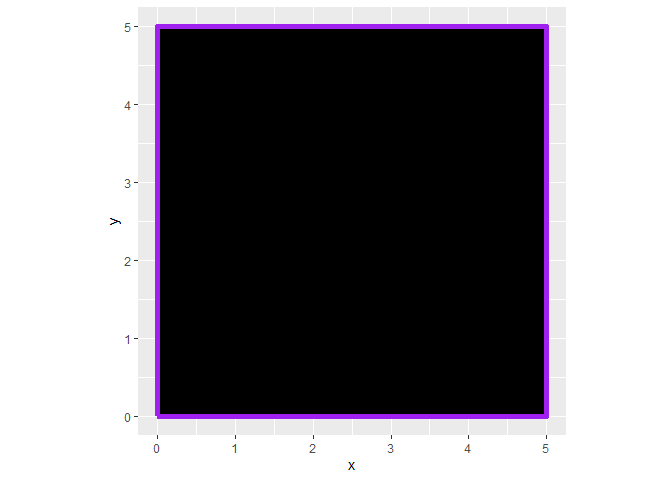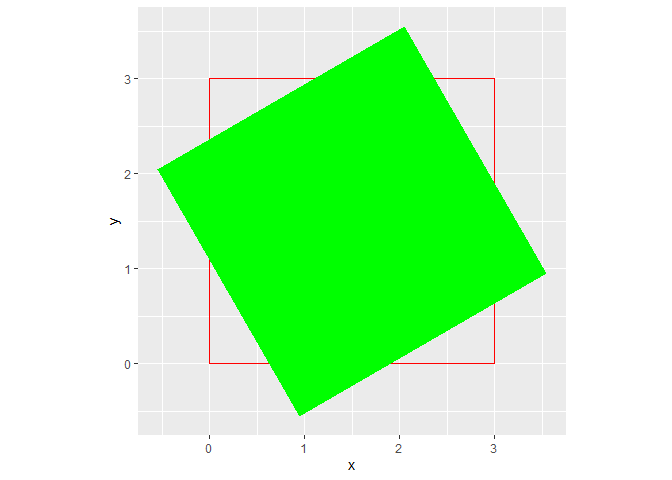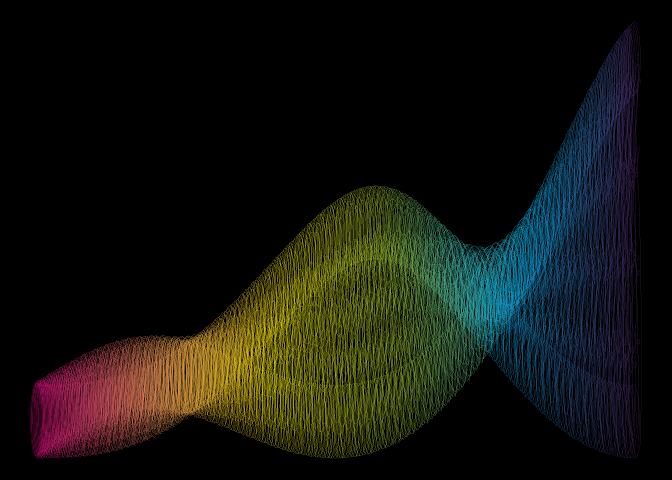The goal of artpack is to help generative artists of all levels create
generative art in R. The artpack package is intended for use with the
tidyverse suite. More specifically, with
the ggplot2 package.
You can install {artpack} from CRAN with the following code:
install.packages("artpack")You can install the development version of artpack from GitHub with:
# install.packages("devtools")
devtools::install_github("Meghansaha/artpack")artpack is a package that helps users create generative art in R with a
“data-centric” approach and is currently in early development.
artpack is intended to be used with
ggplot2 for artistic purposes.
“data-centric” means that the package focuses on providing direct
data outputs to the user, as opposed to providing
geom_fxs() like most
supplemental packages.
Not necessarily. Data outputs are provided to afford the user freedom of
manipulation and choice. artpack is developed to make the user’s life
easier by making data generation for ggplot2 art easier. All data
outputs are intended to be used with existing ggplot2 geoms like
geom_polygon()
and
geom_path().
For artistic purposes, it can be much easier for a user to manipulate
direct data frames, as opposed to trying to “hack” geoms.
artpack can be used to create specified dataframes that will map art when
fed into ggplot2 functions:
For example, square_data() creates a data frame that maps a square on
to a ggplot:
library(ggplot2)
library(artpack)
# Use the function to create a data frame #
df_square <-
square_data(
x = 0,
y = 0,
size = 5,
color = "purple",
fill = "black"
)
# Feed it into a ggplot #
df_square |>
ggplot(aes(x = x, y = y)) +
geom_polygon(
fill = df_square$fill,
color = df_square$color,
linewidth = 2
) +
coord_equal()rotator will mathematically “rotate” existing data points in a data
frame:
library(ggplot2)
library(artpack)
original_square <- data.frame(
x = c(0, 3, 3, 0, 0),
y = c(0, 0, 3, 3, 0)
)
rotated_square <- rotator(
data = original_square,
x = x,
y = y,
angle = 120,
anchor = "center"
)
ggplot() +
geom_path(
data = original_square,
aes(x, y),
color = "red"
) +
geom_polygon(
data = rotated_square,
aes(x, y),
fill = "green"
) +
coord_equal()artpack functions are designed to be used in any part of your workflow. Experiment for some cool results:
library(ggplot2)
library(purrr)
library(dplyr)
#>
#> Attaching package: 'dplyr'
#> The following objects are masked from 'package:stats':
#>
#> filter, lag
#> The following objects are masked from 'package:base':
#>
#> intersect, setdiff, setequal, union
library(tibble)
library(artpack)
# Create a base square #
square <- square_data(x = 0, y = 0, size = .1, group_var = TRUE)
# Create square specs to be iterated on #
n_square <- 500
scaler <- seq(1, 100, length = n_square)
fills <- art_pals("imagination", n = n_square)
angles <- seq(0, 360, length = n_square)
group_n <- group_numbers(1:n_square)
# Add a random transformation for a little razzle dazzle ✨
theta <- seq(0, 30, length = 250)
list_opts <- list(
scaler,
fills,
angles,
group_n
)
df <- pmap(list_opts, ~ rotator(
square |>
mutate(
x = (x + ..1),
y = (y * ..1),
fill = ..2,
group = paste0(group, ..4)
),
x = x, y = y, angle = ..3
)) |>
list_rbind() |>
mutate(
x = x + cos(theta),
y = y + sin(theta)
)
df |>
ggplot(aes(x = x, y = y, group = group)) +
theme_void() +
theme(plot.background = element_rect(fill = "#000000")) +
geom_path(
color = df$fill,
alpha = .2
) 


